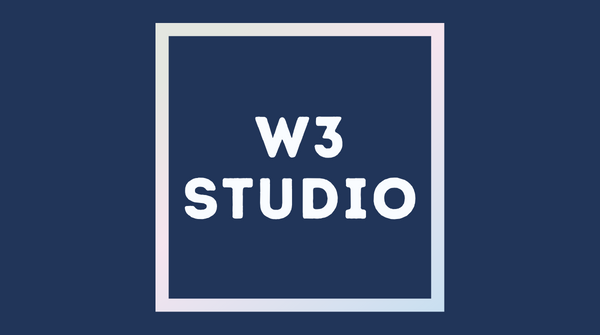
Your business has achieved Product Market Fit and is now ready for you to pour gasoline on the fire and light this sucker. Congrats! At this stage, the first thing to do is figure out your unit economics and make sure they are on the right side of zero. The focus needs to be on customer acquisition costs, revenue per customer, and cost of goods. This might take some iterating and experimenting before your product can be scaled. If these items are all in line, then it is definitely time to consider raising money to bring on new customers, unless you are lucky enough to have a business where the revenue comes in all upfront to fund growth.
Let’s talk about unit economics in some additional details first. Some of your customers are hopefully coming in organically. This might be from social media or email lists or referrals. These are great but when you think about cost of acquisition you should consider the cost of your marketing team for these organic customers. You are also likely doing some type of digital advertising by now. For those customers, you should be able to track the ad dollars spent for each paying customer or app install through the analytics on Google or Facebook or wherever. Use all of these things, plus the cost of your staff that handles them, to calculate a fully weighted cost of acquisition.
The next step is calculating your average revenue per customer. For many businesses this will start with an initial order and then hopefully some ongoing further transactions. You will likely need to make some assumptions about these future transactions based upon your historical performance. If you are in a subscription business, this might mean coming up with an assumption on how long a customer will continue paying for your product. If you have an ad-based business, you might have to estimate customer usage and ad rates. All of this is normal, do your best to come up with an accurate forecast and constantly update this as new information comes in. Once you have the numbers on customer usage or transactions and the resultant revenue, then it should be fairly easy to estimate the expected costs and net profit. You might be able to assume some economies of scale for increased business activity, but I would recommend you do this conservatively in the early days.
Assuming your unit profitability for your customers all checks out from the process above, it is time to figure out how to apply cash to grow your customer base quicker. You might be in the lucky position of having a positive cash flow from your first customer interaction. If you are in that fantastic group, then the answer is super easy. Gather up any cash you can and get as many customers as possible, until something breaks the unit profitability calculation. Most businesses, however, are not that fortunate, and they will need to raise outside cash to scale. This is absolutely the right time to raise money, and the venture capital community should welcome you with open arms. Your main job is to explain that your unit economics are viable and that you can grow your business efficiently with new customers.
